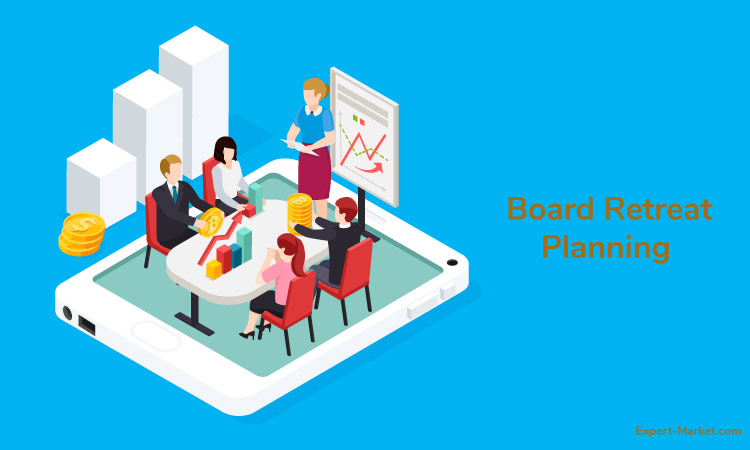A board retreat is a good occasion to revisit or create the mission, vision, and strategic plan of an organization. Overall it is an opportunity to reconnect and energize the board while planning for the future of the non-profit organization. Planning for a board retreat can be challenging if you have too many things running for you. Here are some tips that can help you come good.

Location of the Retreat
A retreat can be something out of the normal routine. The location for the retreat can be outside the office premises. And, as a change of atmosphere, it can be freshening as well. You can choose a hotel, club, resort, poolside or can opt for something interesting like a bird sanctuary, museum, etc.
You can also plan an outing with the family. You can arrange private tours for the family while the members can attend the meeting. At the end of the session, you can organize a drink or dinner for all.
Deciding the Length of the Retreat
Deciding on how much time the board needs to complete strategic planning is essential. Usually, a nonprofit board retreat agenda is split across at least two sessions. When the retreat is planned over two days at a stretch, the first session happens on day 1 and the following day is set aside for fun and relaxation. However, most non-profit have the sessions on two different days with a decent time interval.
In this, the first session is mainly focused on strengthening the mission and vision statement and also setting the goals. Later a review of the previous plan is conducted and a SWAT analysis is done. Objectives for the coming year are also set during this session and groups are created and work is assigned.
The second session will be conducted a couple of weeks later after the strategic plan is reviewed. In this session, the revised mission and vision statement is approved. To achieve the objectives set during the earlier session, strategies are created. Initial budgets and timelines are also set. The outcome at the end of this session is the final approved plan.
There are some groups that opt for a single day retreat which is intensive for all the board members.
Attendees for a Strategic Planning Retreat
The participants for the retreat rests with the planning cabinet, but usually, the executive staff and the board members are the main people. Planning about who needs to attend the strategic planning retreat makes a whole lot of difference.
There may be a few stakeholders who will be needed for a part of the planning process and not for the entire duration.For example, during the fundraising for an autism awareness program, an agency invited parents and community leaders who are stakeholders.
These people were used for SWAT analysis and were not part of the strategic planning process.
Deciding the Facilitator
A staff member or a board member is usually the facilitator for the strategic planning retreat. But it would really help to have an outside person or an agency doing it as that would reduce bias and influence. Also, they may find issues that are less obvious to the board members thereby making the planning more robust.
Strategic planning retreats are powerful events if conducted properly. It is also a great way to get the staff away from the usual meeting place and make it a more enjoyable and meaningful experience for everyone.



























